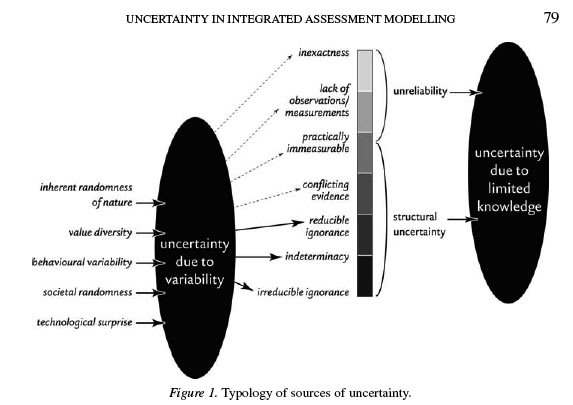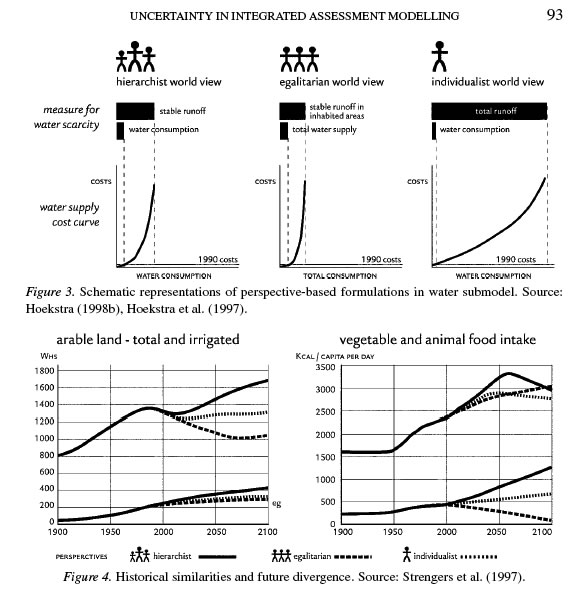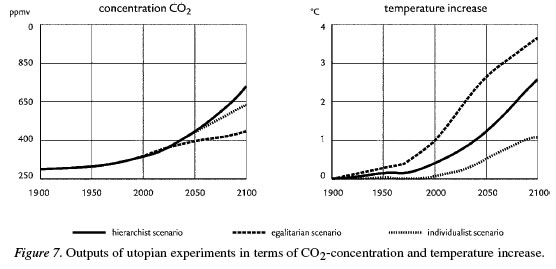A

Two major categories of uncertainty
variability, of the real world
limited knowledge, of the person analyzing the problem, incomplete information
Sources of variability - see Figure 1
sources of variability |
|
| inherent randomness | non-linear or chaotic nature of the process |
| value diversity | differences in peopl's mental maps, world views and norm |
| human behavior | non-rational behavior, deviations from normal, or discrepancies between what they say and what they actually do |
| social | non-linear or chaotic nature of social systems linked to the process |
| technological surprises | breakthroughs or qualitatively different technologies |
limited knowledge |
|
| inexactness | lack of ability to measure or measurement error |
| lack of data | lacking data that could have been collected but wasn't |
| practical immeasurability | technically possible to measure but too expensive or other similar reason |
| conflicting evidence | directly contradictory datasets or interpretation |
| reducible ignorance | we don't know what we don't know |
| indeterminancy | we understand enough of the laws governing the processes to know that they lead to unpredictable outcomes |
| irreducible ignorance | we cannot know |

